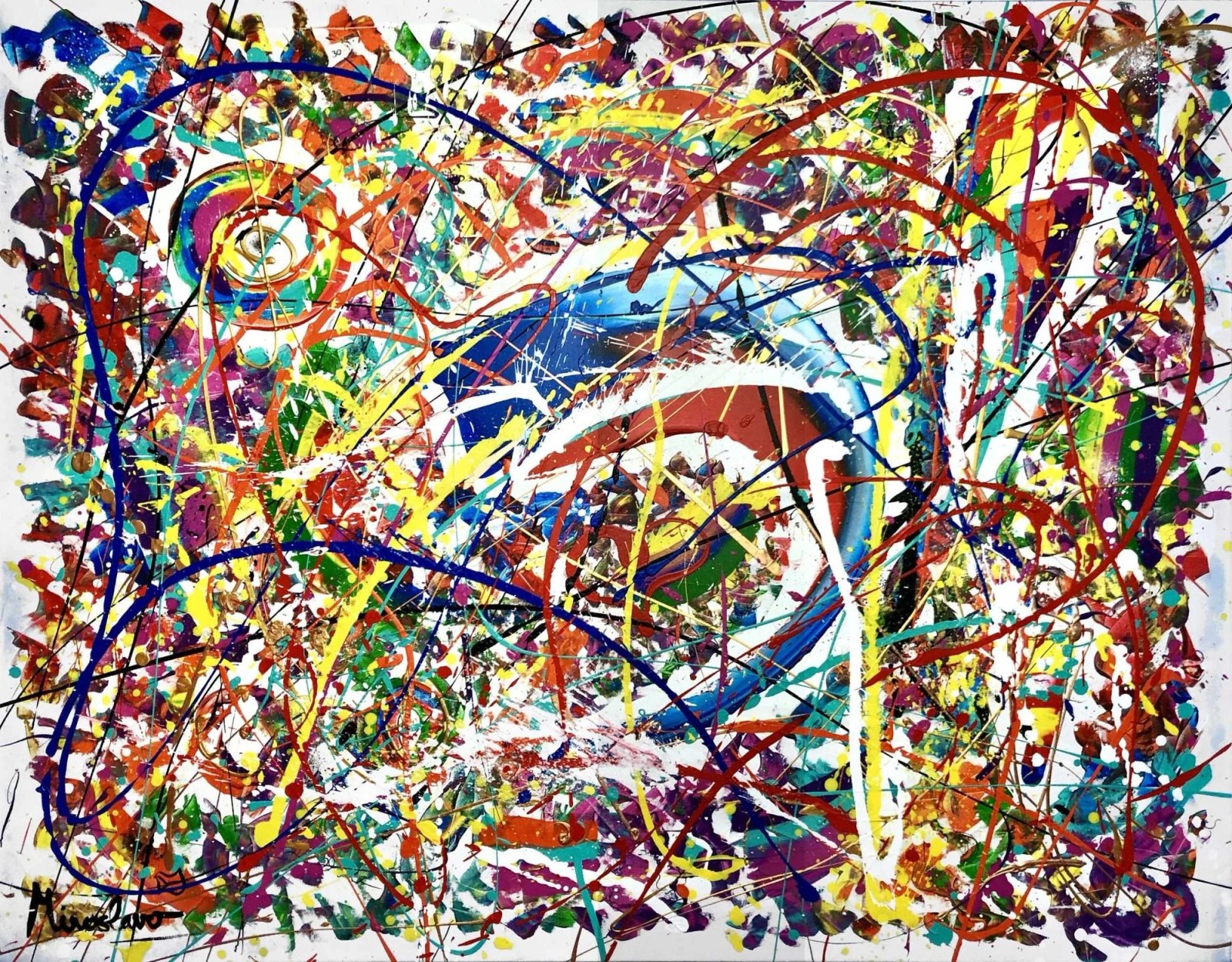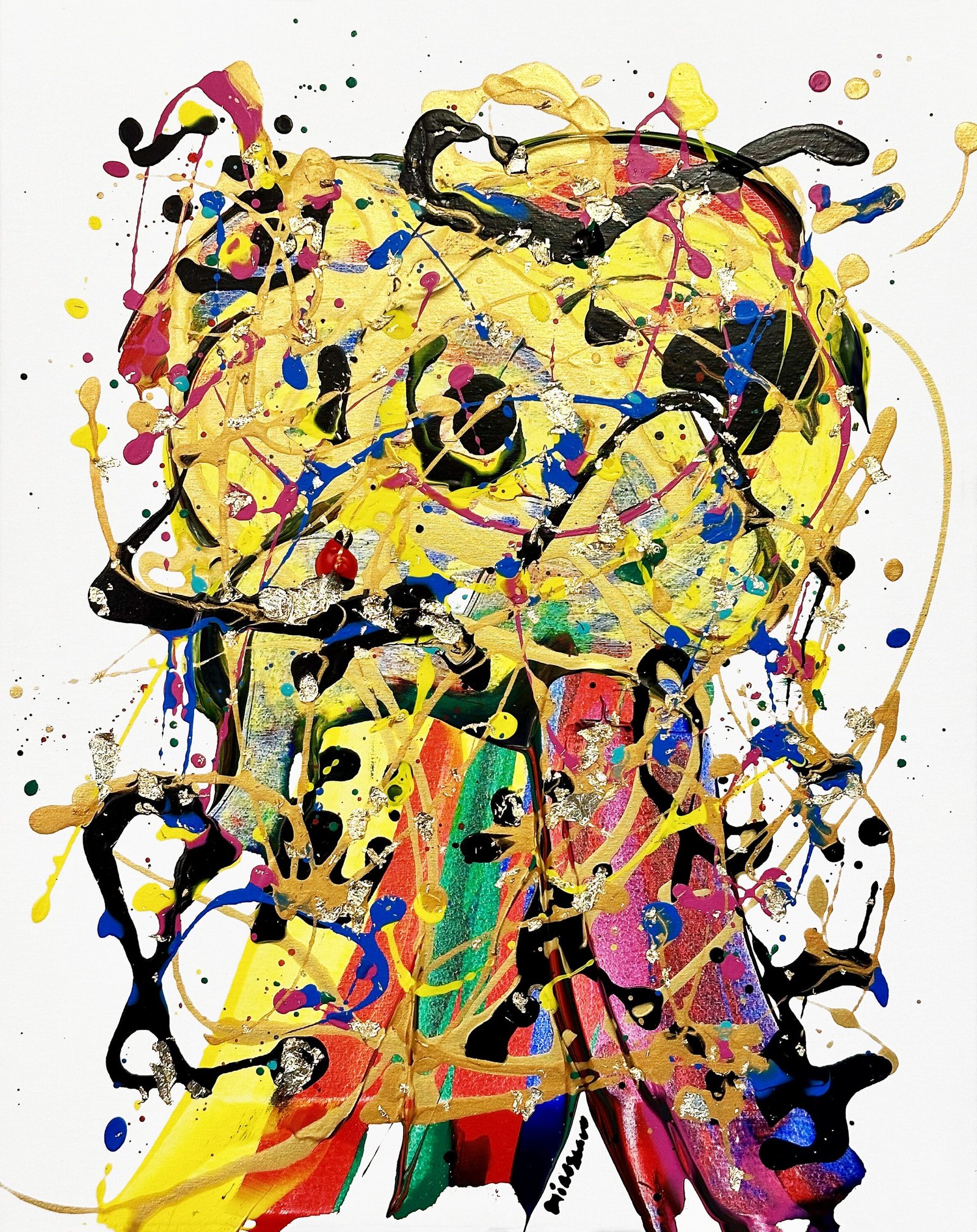Painting, like music, has a way to move the soul in unprecedented ways. It can evoke emotions, thoughts, inspiration and start interesting conversation about whatever topic that the particular artwork communicates or the way it’s perceived by the observer.
Not all art can move the soul, but painting in itself, if done with freedom puts the artist in touch with his soul and that resonates.
This article delves into the ways painting influences our emotions and enhances our understanding of the human condition.
Power of colour

Color plays a crucial role in painting, capable of conveying a wide range of emotions. The psychological effects of colour are well-documented; for example, blues and greens often evoke feelings of calm and serenity, while reds and oranges can induce excitement or passion. Artists harness the power of colour to create moods and atmospheres that resonate with viewers on a visceral level. They will either follow this process intuitively or select certain colours by establishing what they want to achieve with that colour and artwork.
The Language of Form and Composition

Beyond colour, the form and composition of a painting contribute significantly to its emotional impact. The arrangement of shapes, lines, and spaces within a painting guides the viewer’s eye and can create a sense of harmony or tension. For instance, balanced compositions tend to evoke a sense of stability and peace, while dynamic, off-kilter arrangements can generate feelings of chaos or unease.
The Stories Behind Paintings

Every painting tells a story, whether it’s a literal depiction of an event or an abstract representation of an idea. These stories engage viewers’ imaginations and emotions, allowing them to connect with the artwork on a personal level. Historical and cultural contexts also enrich the narrative, adding layers of meaning that can provoke thoughtful reflection and emotional response.
Art and Therapy
Engaging with painting, whether as a creator or an observer, has therapeutic benefits. Art therapy utilizes the creative process to help individuals express emotions, reduce stress, and improve mental health. The act of painting allows people to explore their inner worlds and convey feelings that might be difficult to articulate through words alone.
The Impact of Famous Paintings

Throughout history, numerous paintings have profoundly impacted society and individuals alike. Works like Vincent van Gogh’s “Starry Night,” (in the picture above) Edvard Munch’s “The Scream,” and Leonardo da Vinci’s “Mona Lisa” have captivated audiences with their emotional depth and artistic mastery. These masterpieces continue to evoke powerful responses, demonstrating the timeless ability of painting to move the soul.
So you see, painting is more than just a visual art form; it is a medium for emotional expression and connection. Through the use of colour, form, and storytelling, paintings have the power to evoke deep emotions and inspire contemplation. Whether experienced in a gallery, a home, or a therapeutic setting, painting enriches our emotional lives and fosters a greater understanding of the human experience. The next time you encounter a painting, take a moment to reflect on the emotions it stirs within you and appreciate the profound impact it has on your soul.

